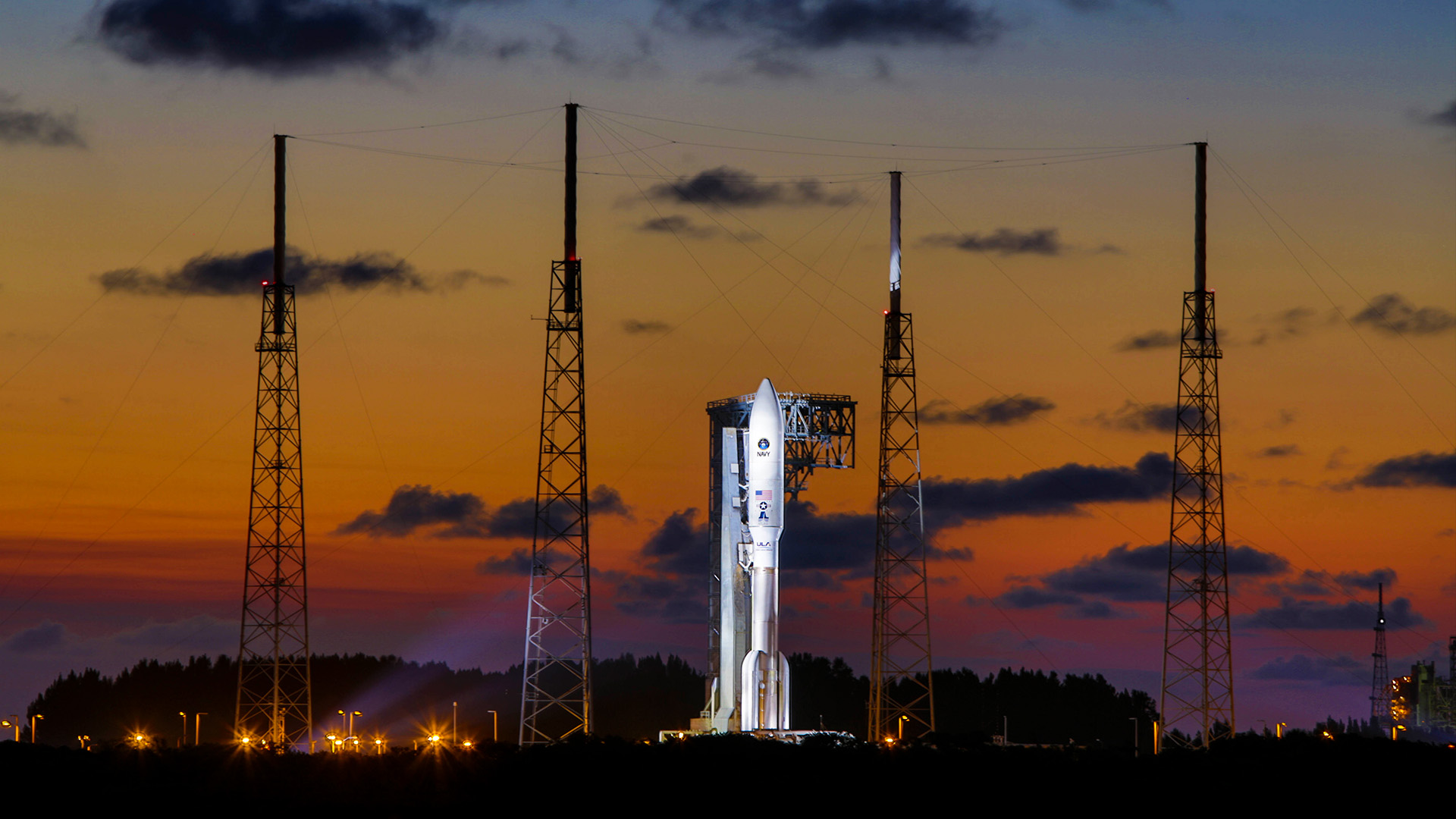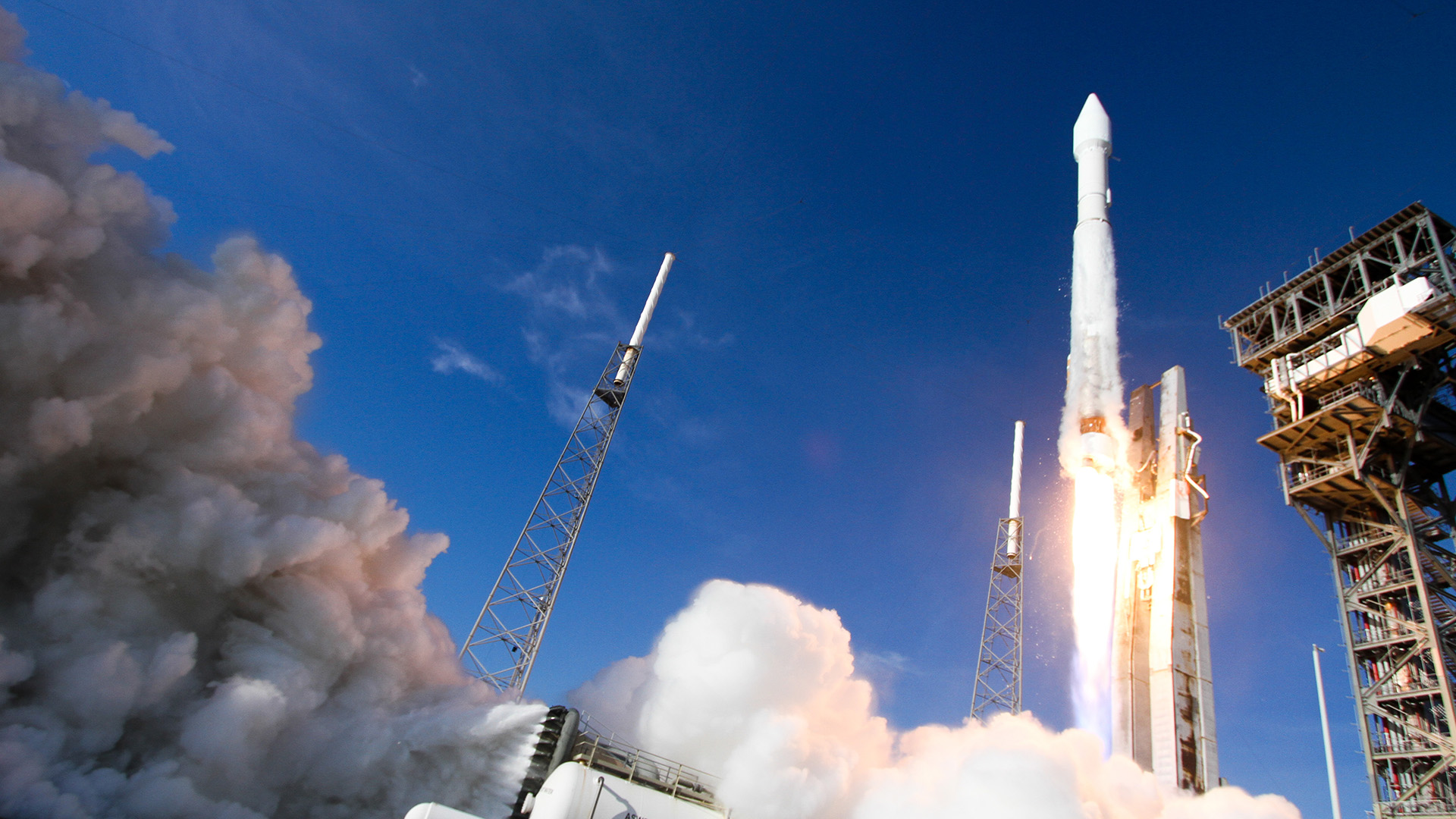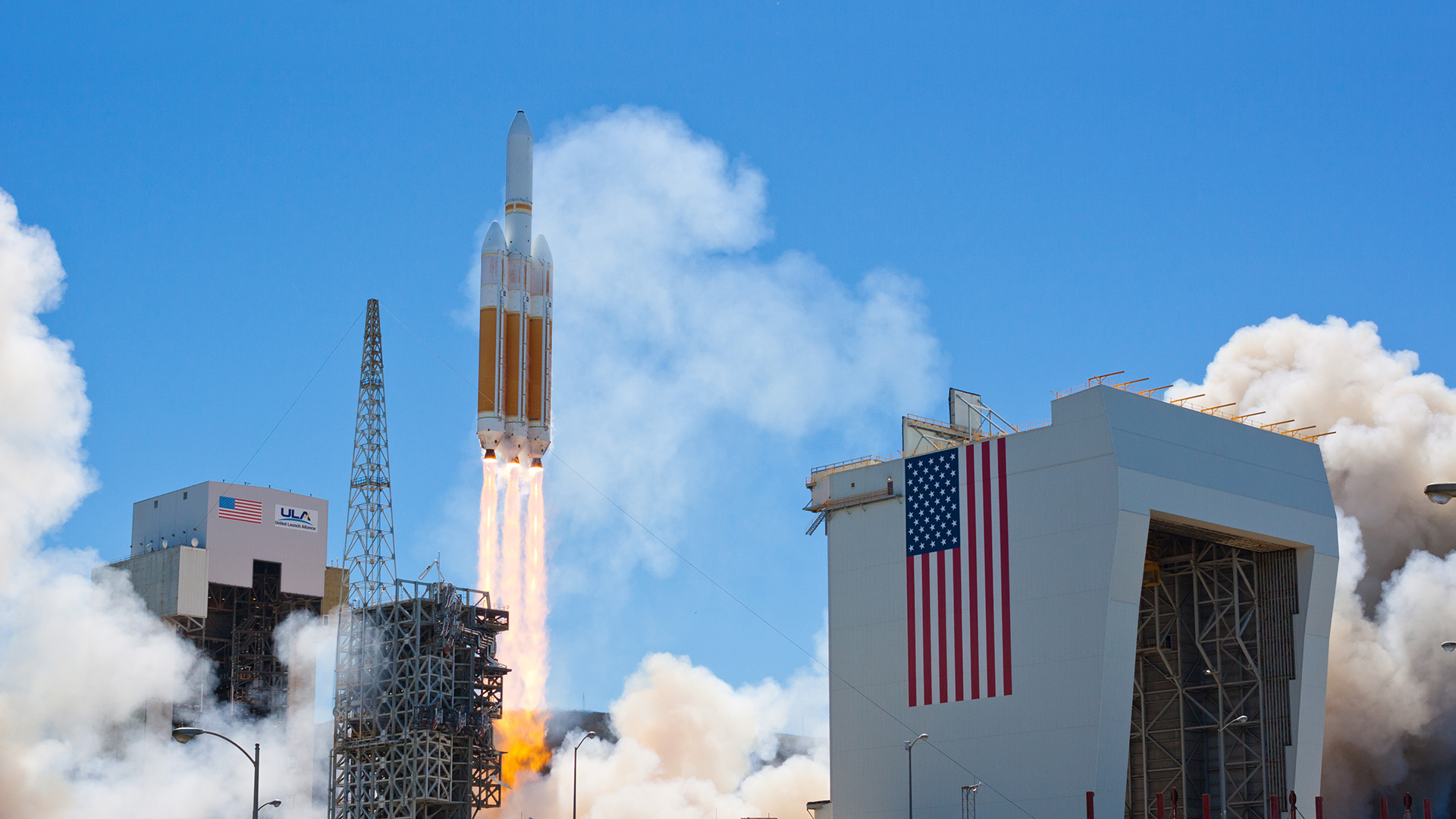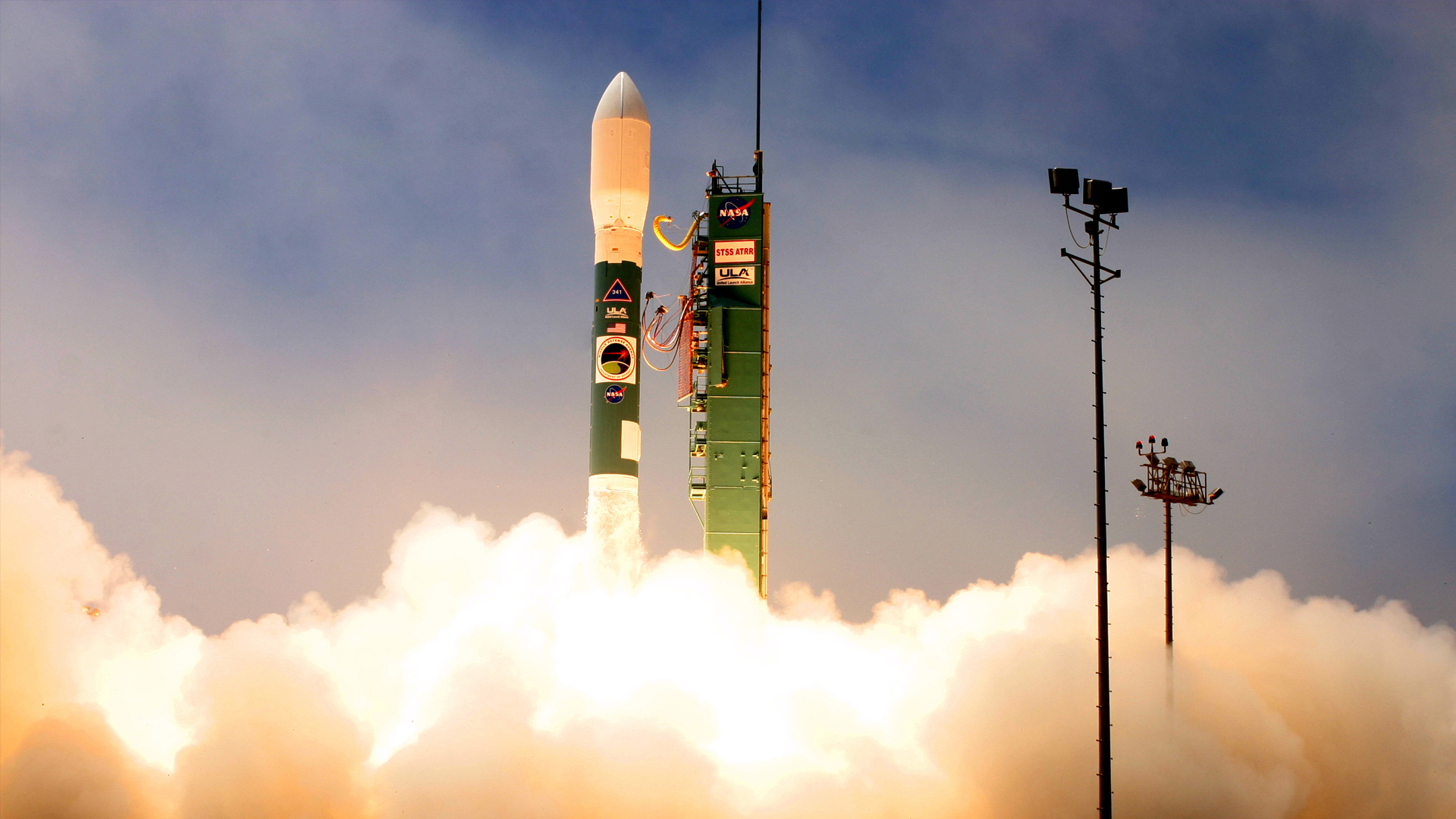Missions
Next LaunchULA Launches Jason-2/OSTM Mission for NASA
Delta II OSTM/Jason-2 Mission Booklet
VANDENBERG AIR FORCE BASE, Calif., June 20, 2008 -- A United Launch Alliance Delta II rocket successfully launched the Jason-2 satellite in support of the Ocean Surface Topography Mission (OSTM/Jason-2) at 12:46 a.m. PDT, today. Blasting off from Space Launch Complex 2 here, it marked the second NASA mission launched on a Delta II by ULA this month. On June 11, ULA launched NASA's GLAST satellite aboard a Delta II Heavy from Cape Canaveral Air Force Station, Fla.
Following a 55 minute flight, the OSTM/Jason-2 spacecraft was deployed on its mission to provide a minimum of three years measurement of global ocean surface topography.
"Today's mission was the first ULA launch for NASA from our launch sites in California since our company's formation in December 2006," said Jim Sponnick, vice president, Delta Product Line. "OSTM was the second Delta II launch for NASA in 9 days. Together with our NASA customer, we are honored to have successfully launched this important mission which will assist meteorologists and scientists better understand global climate changes affecting our planet."
The Ocean Surface Topography Mission is a joint effort by four organizations including the National Oceanic and Atmospheric Administration (NOAA), NASA, France's Centre National d'Etudes Spatiales (CNES) and the European Meteological Satellite Organisation (EUMETSAT) to measure sea surface height by using a radar altimeter mounted on a low-earth orbiting satellite called Jason-2.
This satellite altimetry mission provides highly accurate sea surface heights for determining ocean circulation, climate change and sea-level rise. The Jason-2 satellite is the follow-on to the TOPEX/Poseidon and Jason-1 satellites. The research satellites, TOPEX/POSEIDON and Jason-1, have been instrumental in meeting NOAA's operational need for sea surface height measurements necessary for ocean modeling, forecasting El Nino/La Nina events, and hurricane intensity prediction.
The ULA Delta II 7320-10 configuration vehicle featured an ULA first stage booster powered by a Pratt & Whitney Rocketdyne RS-27A main engine and three Alliant Techsystems (ATK) strap-on solid rocket motors. An Aerojet AJ10-118K engine powered the second stage. The payload was encased by a 10-foot-diameter composite payload fairing.
ULA began assembling the Delta II launch vehicle in Decatur, Ala., nearly two years ago. In early April, the first stage arrived at Vandenberg Air Force Base from Decatur, followed by the second stage later that month. The vehicle was erected on the stand at SLC-2, April 25, with solid rocket motor installation completed by May 1.
ULA program management, engineering, test and mission support functions are headquartered in Denver, Colo., supported by transition employees in Huntington Beach, Calif. Manufacturing, assembly and integration operations are located at Decatur, Ala., Harlingen, Texas, San Diego, Calif., and Denver, Colo. Launch operations are located at Cape Canaveral Air Force Station, Fla., and Vandenberg Air Force Base, Calif.
For more information on the ULA joint venture, visit the ULA website at www.ulalaunch.com, or call the ULA Launch Hotline at 1-877-ULA-4321 (852-4321).





